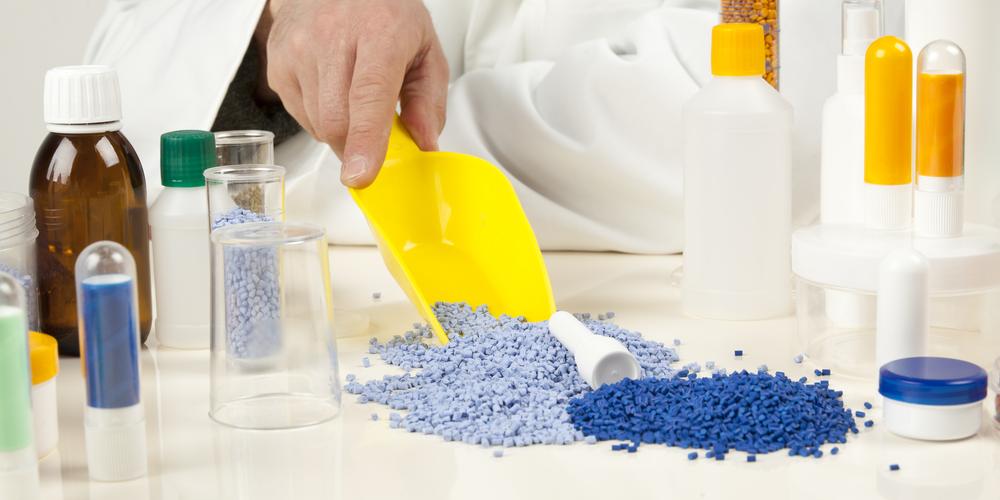Injection molding tooling processes are often designed to manufacture complex components and parts. The Injection molded prototype design uses tight precisions and tolerances to form components for different applications.
This article explains everything you wish to know about injection molding tooling:
Benefits of injection molding tooling
Below are some reasons why manufacturers adopt the injection molding tooling process:
- It’s simple
- Highly Efficient
- Durability
- Requires low cost to function
- Easy to Use and Maintain
Top Injection Molding Tips
Because of the current high cost of tools used for injection molding, you must get all your attempts right, especially as a first-timer.
Below are a few helpful tips that will guide you through the injection molding tooling process:
1. Identify the machines you want to use
The first mistake that most people make is not knowing the type of machine they should use. Before starting, you need to have an idea of the machine you intend to run your toes on.
Ensure that you know the nozzle size, the size of the tie bar, and other important features. A lot of the tools can be used interchangeably so you mustn’t make the mistake of not identifying them well.
2. Be right with your design specifications from the beginning
Ensure that you’re specific with the design you want from the start. Aside from the marketing and sales aspect, one other most important thing that you should always get right is your design.
In detail, describe the function of each part, how they can fit together, and how well they need to fit. Set it up as tolerances if you’re going by a drawing.
3. Use the kind of material that you want for your tool
Advisably, you should use steel molds for your designs. Making a tool is quite demanding. While any soft material like aluminum can serve, they don’t represent up to 20% of massive savings.
The risk of using such material is high. So, the tool can become unusable if a part of the design doesn’t properly eject and can stick in the tool.
As long as you know of the risk involved and you’re comfortable, you can make decisions according to your preference.
In all, note that the expected lifespan of your tooling depends on the material you used. That is, if you want your tooling to last up to 5 years, then you must stick with softer steel.
4. Approve samples once you’re done with making the tool
If you’re tooling with an engineering material, you can ask your toolmaker to send samples In polymer grade. That’s because polymer grades rarely have access to an engineering-grade polymer. Make sure to study this probability.
Final Thoughts
Overall, make sure that you read through your toolmaker’s terms and conditions before going ahead to make payments. This is to avoid any form of unpleasant surprises.
In case you are not comfortable with any of the terms, ask your toolmaker to adjust it or find someone else that functions according to your preferences.
